- About
About
- Academics
Academics
- Research
Research
- Admissions
Admissions
- Student Life
Student Life
- Athletics
Athletics
- Giving
Giving
- Students, Faculty & Staff
- Parents
- Visitors
- Alumni
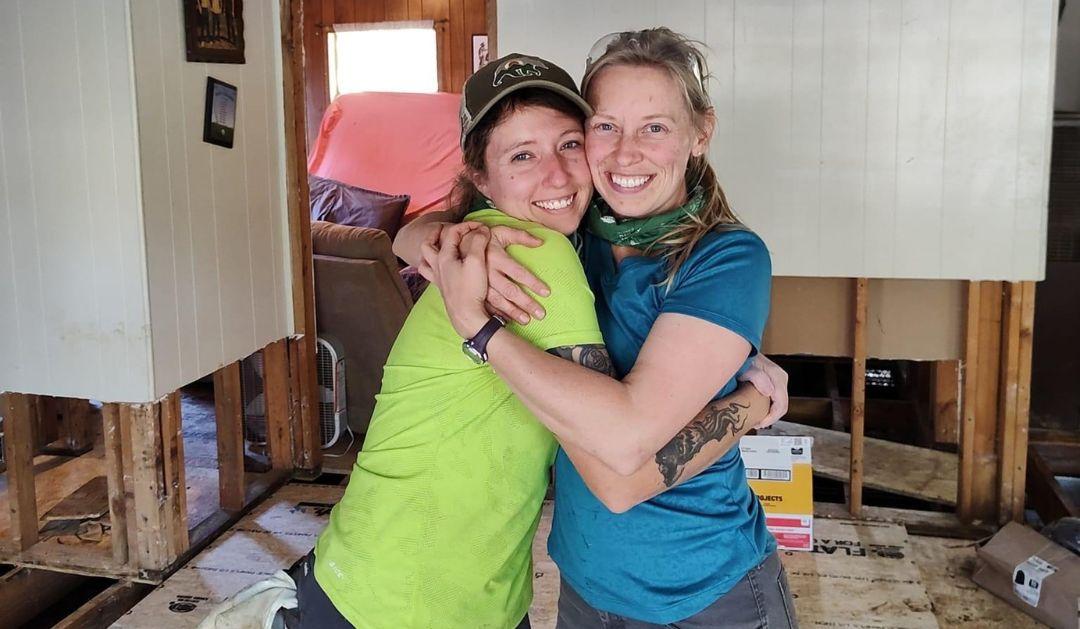
Ashley Kreitz ’15 has raised nearly $10,000 and recruited fellow alumni to help restore damaged homes in North Carolina.
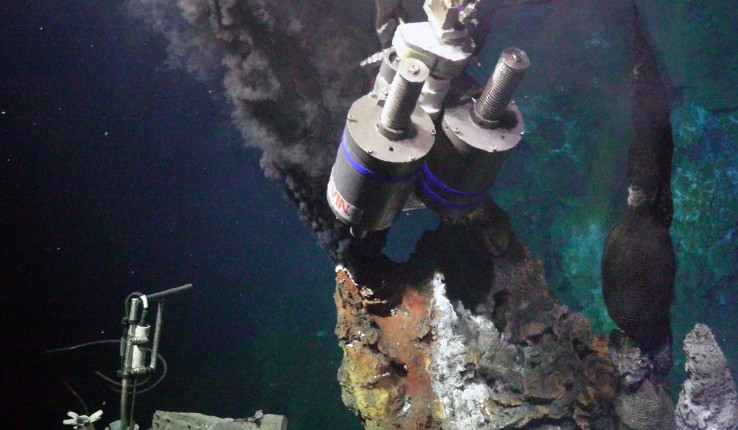
Spearheaded by the McDermott lab at Lehigh, the research demonstrates there are more hydrothermal vents in the deep-sea than previously thought and underscores a need for bathymetric mapping to locate them.
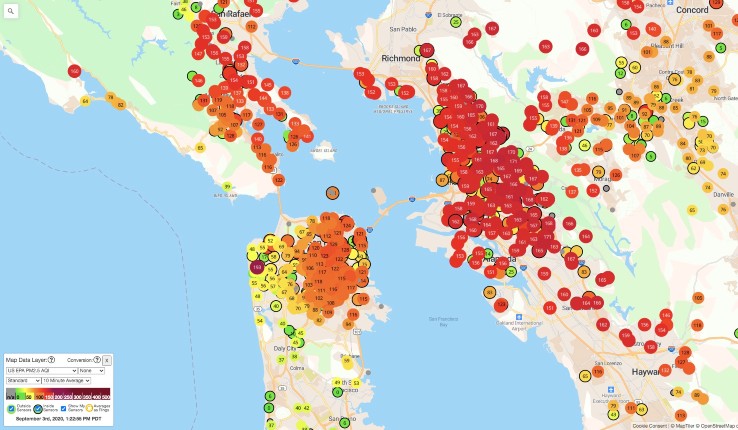
The air sensors allow local residents and scientists to collect hyper-local air quality data and inform the public of their exposure to poor air quality.

David Anastasio’s examination of ancient lake sediments clarifies ages of human migrations out of northern Africa.
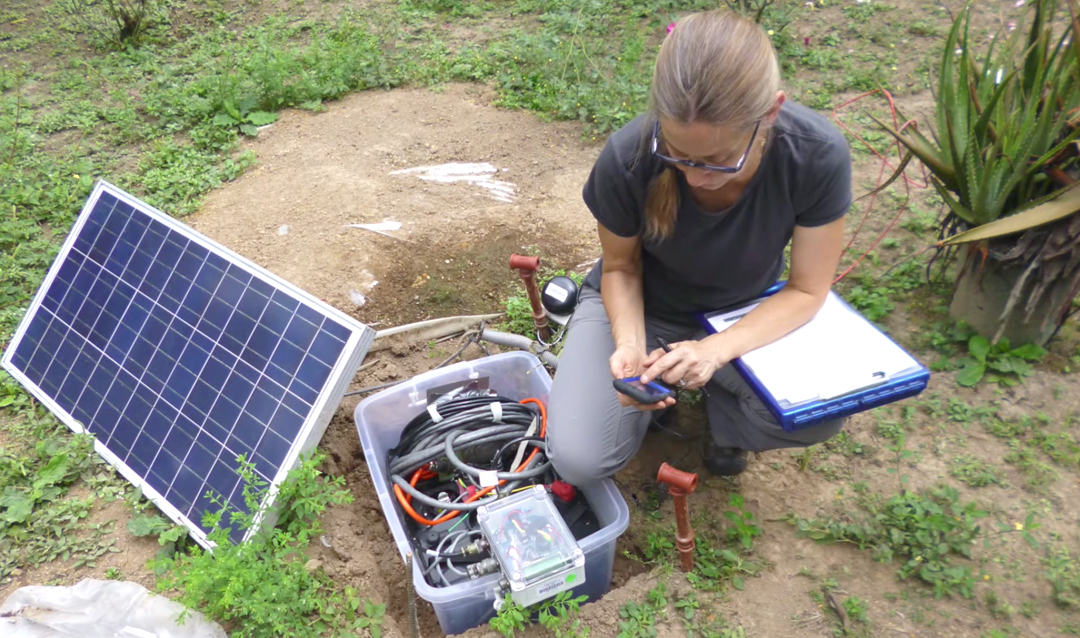

A Q&A with experts from Lehigh’s Department of Earth and Environmental Sciences and the Environmental Studies Program
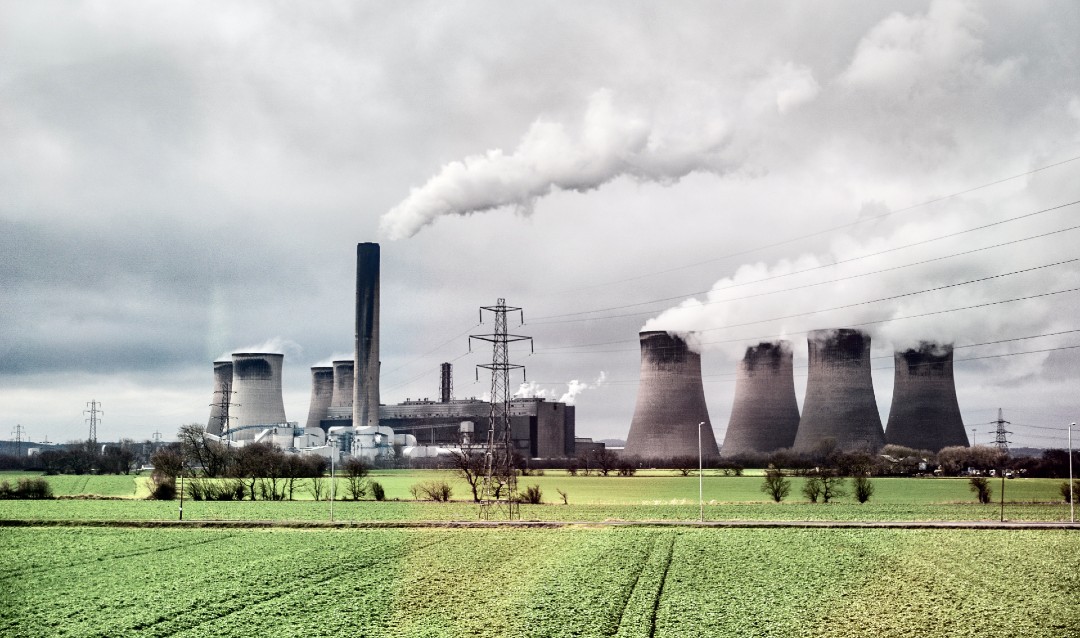
Benjamin S. Felzer highlights the importance of new research showing that cleaning up ozone precursors within energy, industrial and transportation sectors could mitigate climate change.
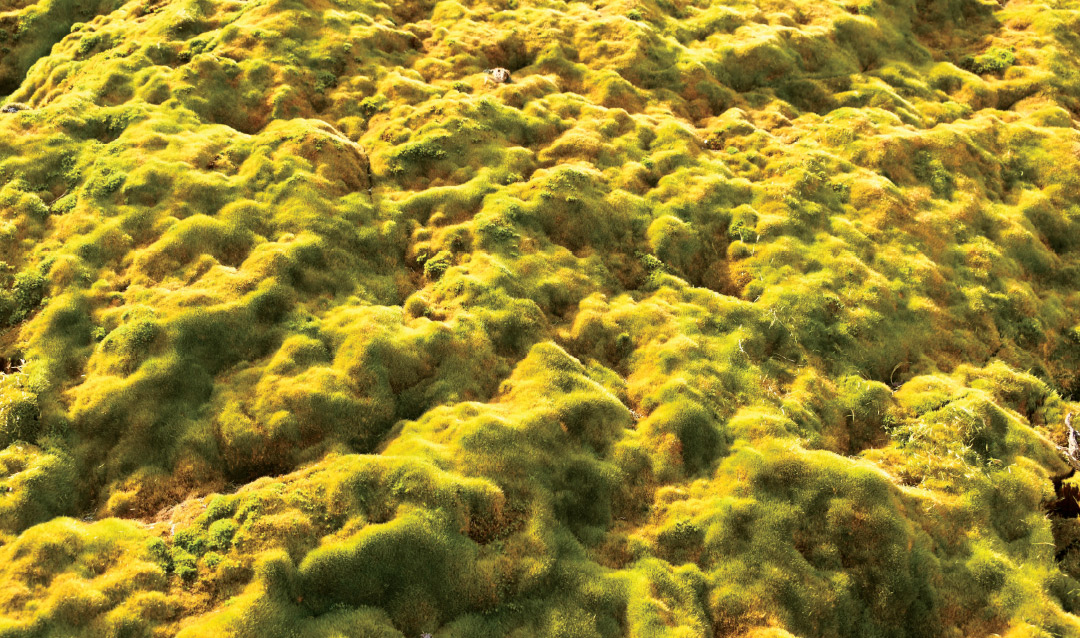
Peatlands, found in both arctic and tropical climates, can help reduce carbon accumulation in the atmosphere.
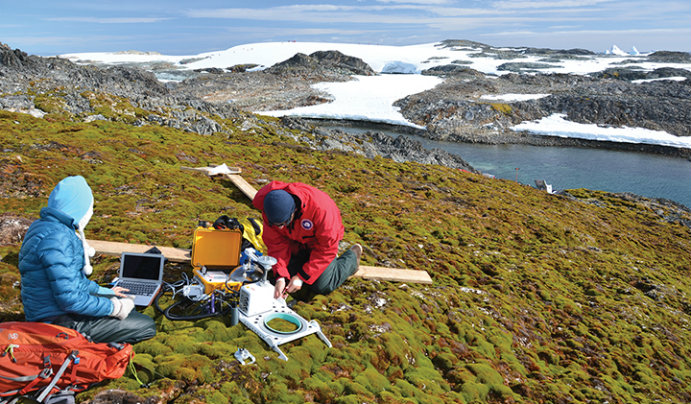
First study of the extent of global peatland and carbon storage over the last 130,000 years fills in key knowledge gap, affirms peatlands’ effectiveness as a long-term carbon storage mechanism over a long timescale